The YIMBY movement claims that the leading solution to Australia’s housing affordability crisis is to rezone our suburbs for high-rise apartment developments.
Their argument consistently overlooks evidence suggesting that blanketing cities with high-rise apartment buildings often does not result in more affordable housing.
The classic counterargument is illustrated by Vancouver, Canada, which underwent a complete transformation into a high-rise city over 30 years, yet has the most expensive housing market in North America.
As Patrick Condon (James Taylor Chair in Landscape and Liveable Environments at the University of British Columbia’s School of Architecture and Landscape Architecture and founding chair of the UBC Urban Design program) explained, Vancouver transformed its urban form by tripling its housing through high-density infill. Yet, housing affordability collapsed.
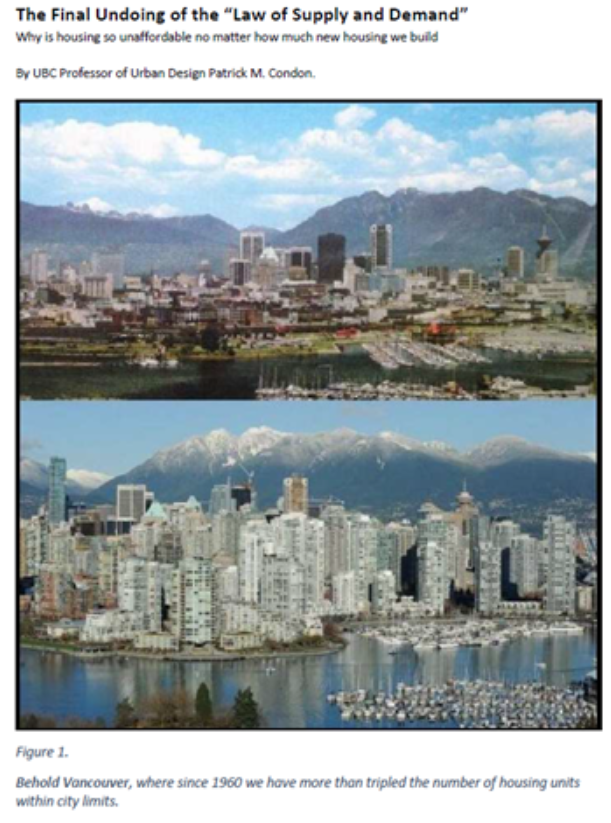
“This giant surge of new housing supply did not lead to more affordable housing as we all hoped. Somehow, confoundingly, the reverse happened”, Condon explained.
“During this period, Vancouver housing prices quadrupled, rising faster and further than in any other North American centre city”…
“Vancouver-area wages have stayed stubbornly flat (inflation-adjusted) while housing prices (also inflation-adjusted) have climbed by 400%”, he said.
The following chart by Cameron Murray shows how apartments have dominated Canadian housing construction, especially over the past 15 years:
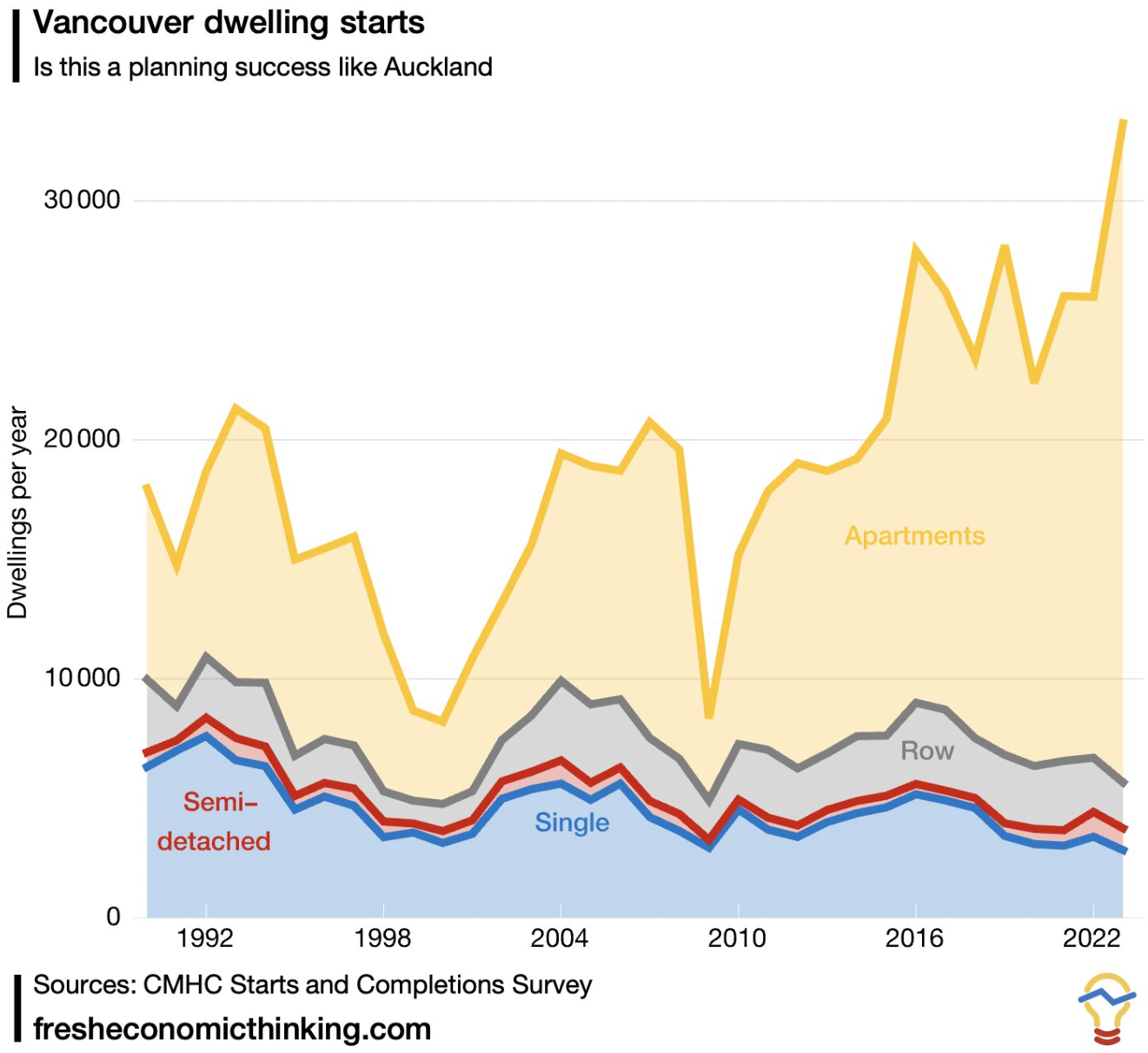
CMHC data show that single-detached housing accounted for only 15% of dwelling starts in 2023 and 23% of dwelling starts in 2024.

Despite the high-density housing boom, Vancouver consistently ranks among the most unaffordable housing markets in the world on prices:
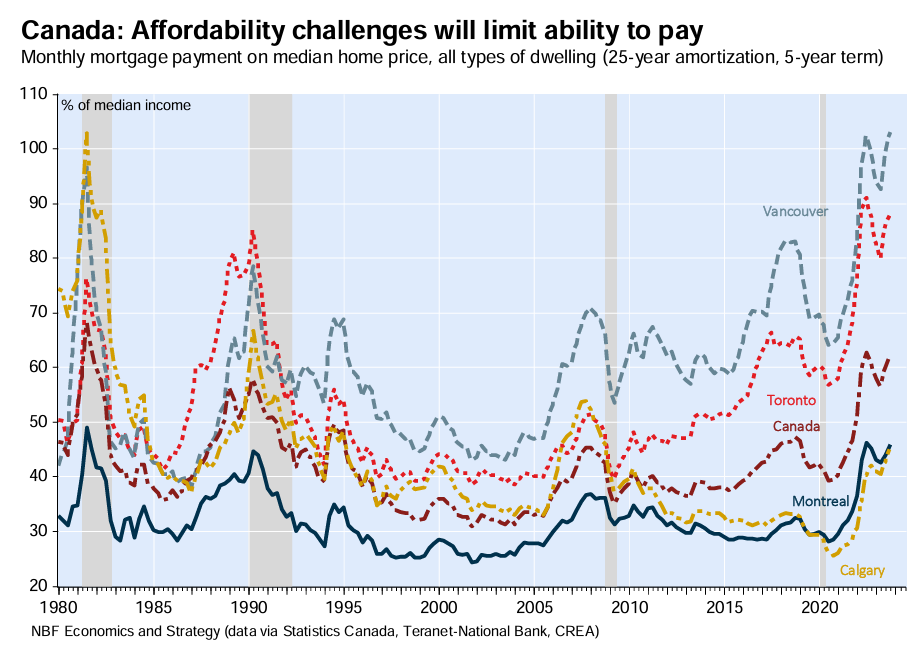
Vancouver also charges the highest rents in Canada:
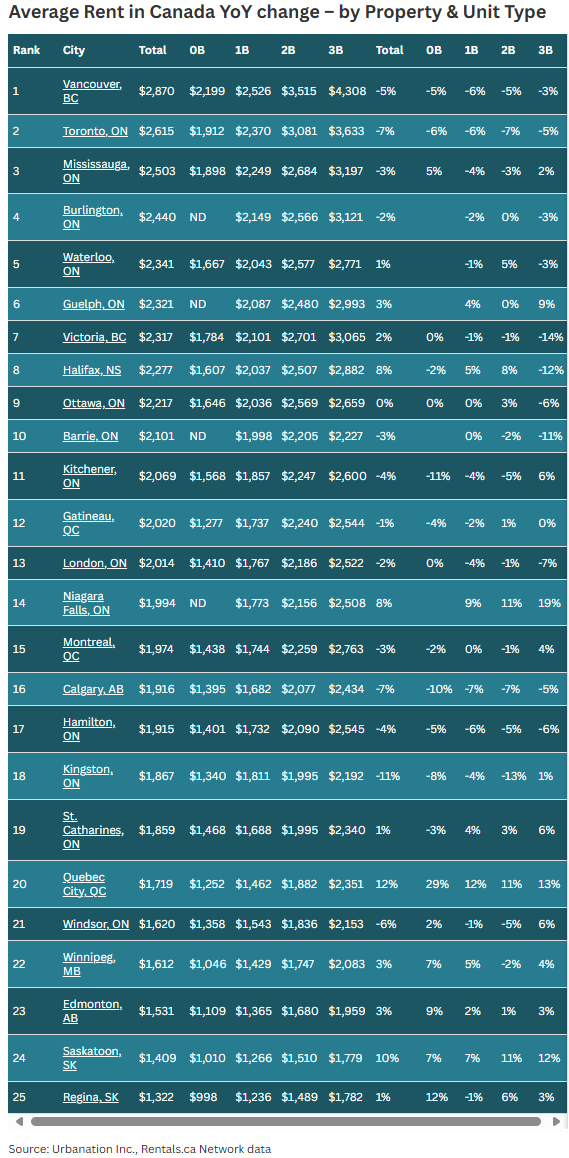
Vancouver is hardly a glowing endorsement of YIMBYism if your goal is housing affordability. Don’t be like Vancouver.
Shifting focus back to Australia, YIMBYs also conveniently ignore that apartments are the most expensive form of housing to build, as illustrated below.
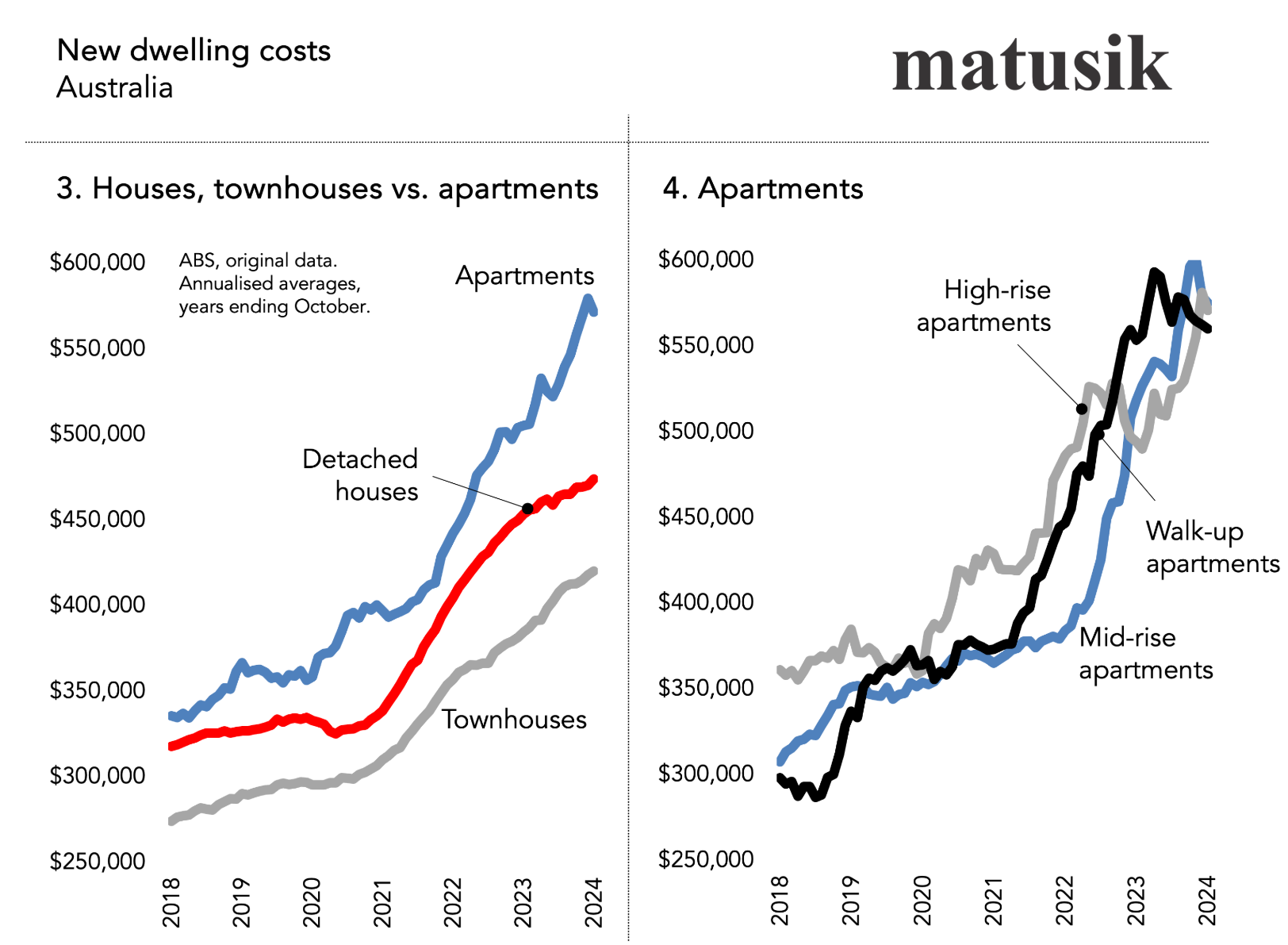
The exorbitant cost of apartment construction was highlighted this week by new figures from Urbis, showing that selling prices of apartments in Australia’s main cities surged by a record 24% in the December quarter, as development costs, labour shortages, and a trend towards owner-occupier-grade stock pushed the average cost to over $19,000 per square metre.
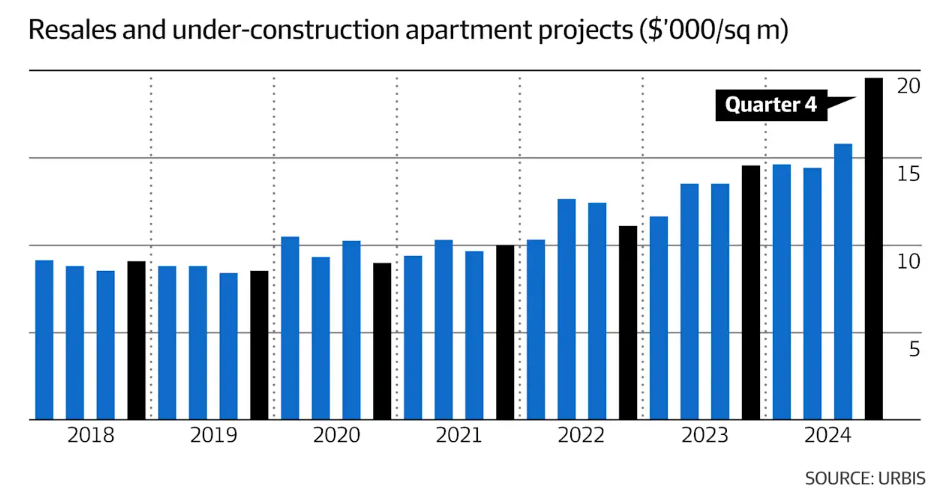
“In the last couple of years, the majority of sales across the country have been above $1 million, targeting that downsizer market”, Urbis director Mark Dawson said.
The high cost per square metre explains why developers have focused on building smaller apartments; three- or more-bedroom units comprise a tiny fraction of the nation’s apartment stock.
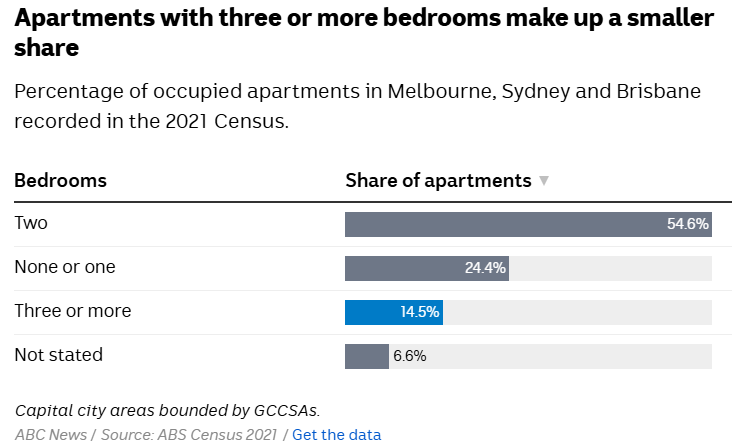
The notion that covering our capital cities with high-rises will enhance affordability and livability is delusional. Just look at Vancouver.
YIMBYs also overlook legitimate concerns regarding the construction quality of new apartments and exorbitant strata fees.
The truth of the matter is that Australian cities would not need to transform into high-rise slums if the federal government did not grow the population like a science experiment via mass immigration.
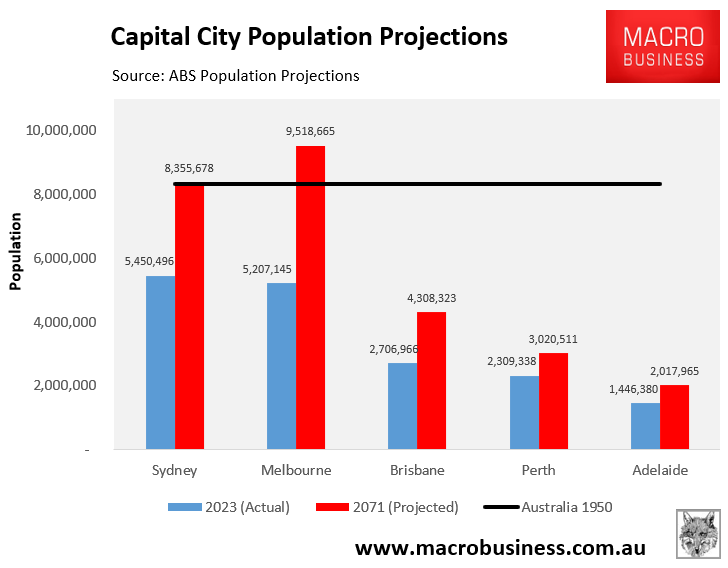
Without net overseas migration, Australia’s population would not grow, meaning there would be no need to densify our cities.
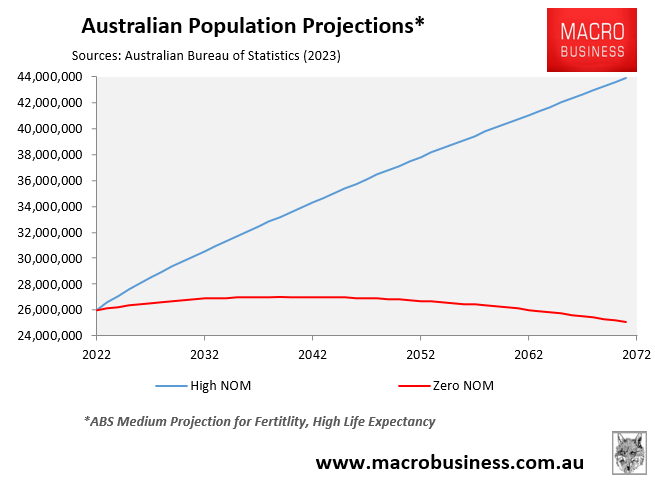
It follows that the fastest, cheapest, and most straightforward solution to Australia’s housing shortage is to limit net overseas migration to a level well below the nation’s capacity to build housing and infrastructure.
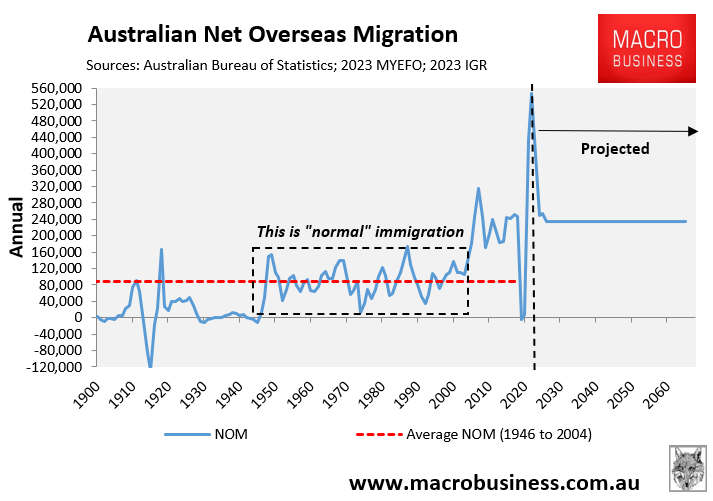
Australia’s housing crisis is essentially a direct result of excessive population growth driven by immigration.
Continuing to import hundreds of thousands of migrants into Australia each year will result in endless housing shortages and will completely transform the urban composition of Australia’s cities.
Future Australians should not be forced to live in expensive, cramped apartments.

